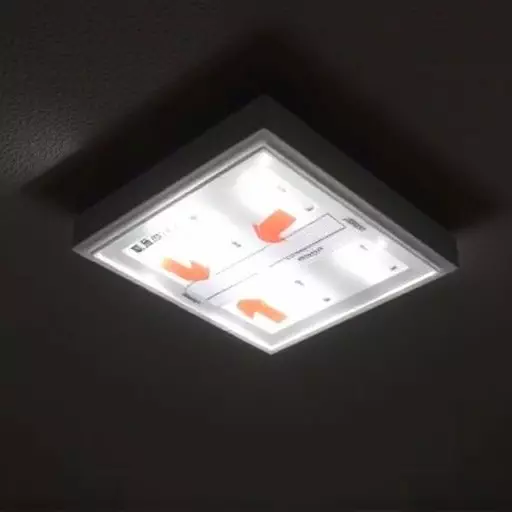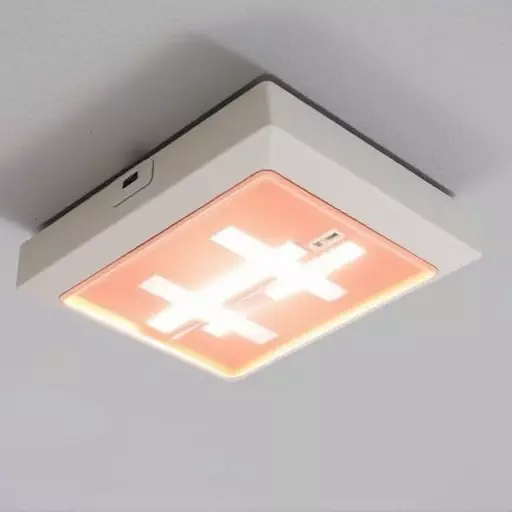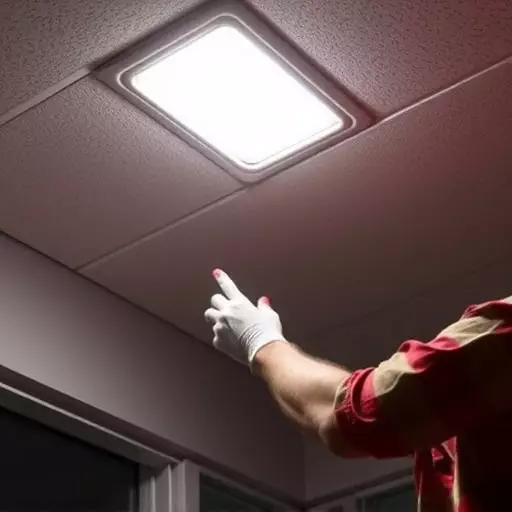Reliable emergency lighting is crucial for student and staff safety in Jacksonville schools. Common issues include aging components, lack of maintenance, and environmental damage. Adhering to recommended replacement guidelines, such as addressing flickering or non-functional lights, ensures schools maintain robust safety systems. Regular inspections and timely replacements are essential, as outlined in local building codes, to prevent accidents and enable swift evacuations during emergencies. Prompt action on damaged or dimming lights is critical for optimal functionality.
In the event of a power outage or emergency, reliable school lighting is crucial for student safety. Understanding common emergency light failure issues and causes is essential. Jacksonville’s regulatory framework guides school emergency lighting, but timely replacement is key to mitigating health and safety risks. This article explores guidelines for effective emergency light replacement services and highlights when to act on immediate replacement needs. For parents, educators, and facility managers in Jacksonville, knowing when to replace emergency lights is vital for maintaining a safe learning environment.
- Understanding Emergency Light Failure: Common Issues and Causes
- The Importance of Timely Replacement: Health and Safety Risks
- Jacksonville's Regulatory Framework for School Emergency Lighting
- Guidelines for Effective Emergency Light Replacement Services
- When to Act: Recognizing the Need for Immediate Replacement
Understanding Emergency Light Failure: Common Issues and Causes
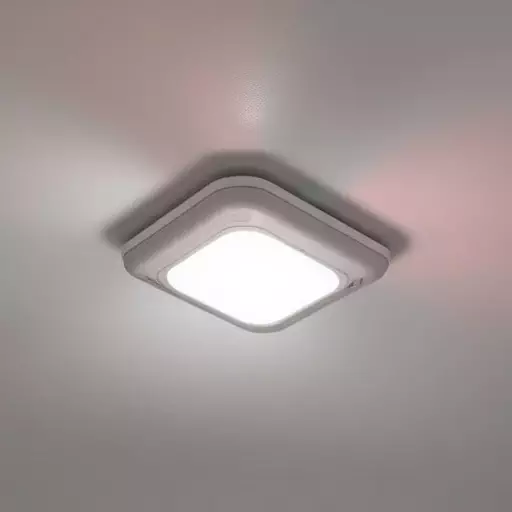
In schools, emergency lighting is a critical safety feature designed to guide students and staff during power outages or other emergencies. However, these lights are prone to failure due to various reasons. Understanding common issues and causes of emergency light failure is essential when considering emergency light replacement services in Jacksonville.
One of the primary causes of emergency light malfunction is aging components. Over time, fluorescent bulbs burn out, battery life diminishes, and control gear can fail. Inadequate maintenance or lack of regular inspections can exacerbate these issues. Furthermore, environmental factors such as extreme temperature fluctuations, exposure to water damage, or accidental breakage can also contribute to emergency light failure. When lights flicker, dim, or simply don’t turn on when needed, it’s a clear indication that replacement is necessary. Following the recommended emergency light replacement guidelines ensures schools maintain a robust safety system, allowing for swift evacuation in case of an actual emergency.
The Importance of Timely Replacement: Health and Safety Risks
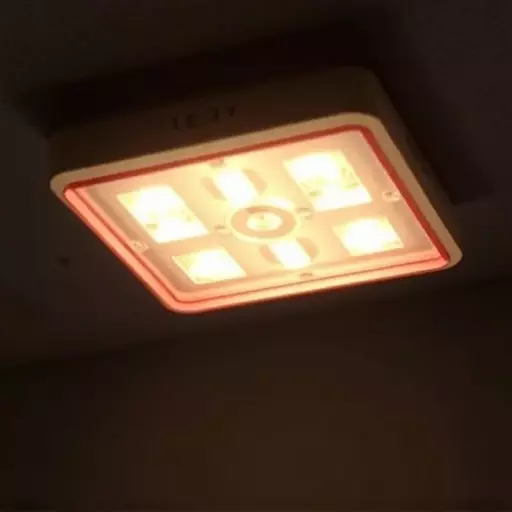
In the realm of school safety, an often-overlooked yet critical component is the timely replacement of emergency lighting. Jacksonville schools, like many across the nation, rely on these lights to ensure student and staff safety during power outages or other emergencies. Over time, these lights can become less efficient or even fail entirely, posing significant health and safety risks. When emergency lights malfunction, it not only hampers visibility but also disrupts escape routes and assembly areas, which are crucial elements of an effective emergency response plan.
Regular emergency light replacement services are essential to maintaining a safe learning environment. Schools should adhere to the recommended replacement guidelines, which typically involve inspecting lights periodically and replacing them when they reach the end of their lifespan or show signs of malfunction. Staying proactive in this area is vital, as it helps to prevent accidents and ensures that students and staff can quickly and safely evacuate if needed.
Jacksonville's Regulatory Framework for School Emergency Lighting

In Jacksonville, ensuring school buildings are equipped with functional emergency lighting is a regulatory priority. The city’s building code outlines specific guidelines for emergency light replacement services, focusing on safety and accessibility. These regulations mandate regular inspections to identify failing or outdated emergency lights, emphasizing the need for prompt replacement. School administrators are responsible for adhering to these guidelines, which include replacing lights when they fail, during routine maintenance, or when a facility undergoes renovations.
The timing of emergency light replacement is crucial. According to Jacksonville’s regulatory framework, schools should replace lights that no longer illuminate properly, have excessive flickering, or are more than 10 years old. This proactive approach ensures students and staff can evacuate safely in case of an emergency, enhancing the overall safety of school environments.
Guidelines for Effective Emergency Light Replacement Services

When it comes to ensuring safety in schools, proper emergency lighting is non-negotiable. To that end, establishing clear guidelines for effective emergency light replacement services is paramount, especially in cities like Jacksonville where robust preparedness measures are essential. These guidelines should encompass several key aspects.
First and foremost, regular inspections are crucial to determine when replacement is necessary. Lights should be checked for any signs of damage, corrosion, or dimming, as these could indicate a need for replacement. Additionally, staying informed about industry standards and local regulations ensures that the replacement services align with safety protocols. Timing is also critical—emergency lights should be replaced promptly upon detection of any malfunction to maintain optimal functionality during an actual emergency.
When to Act: Recognizing the Need for Immediate Replacement

Recognizing the need for immediate emergency light replacement is crucial in ensuring the safety and security of schools. While regular maintenance can prolong the lifespan of these lights, there are specific indicators that signal it’s time to act. Over time, emergency lights can dim, flicker, or even stop working altogether, which not only poses a significant safety risk but also could be a fire hazard.
Schools should adhere to the recommended emergency light replacement guidelines, typically every 5-10 years, depending on usage and local regulations. Additionally, immediate attention is required if there are visible signs of damage, such as broken or cracked fixtures, loose connections, or corrosion. Prompt emergency light replacement services in Jacksonville can help maintain a safe learning environment for students and staff alike.
